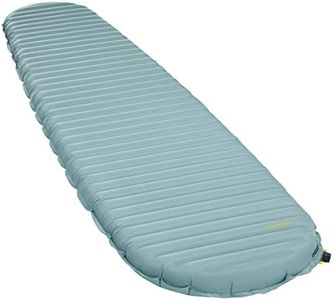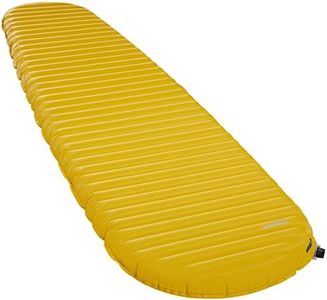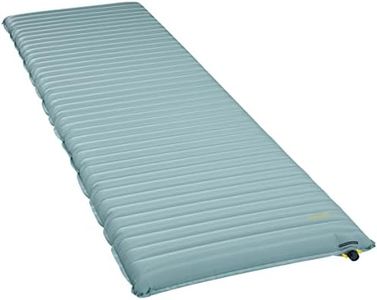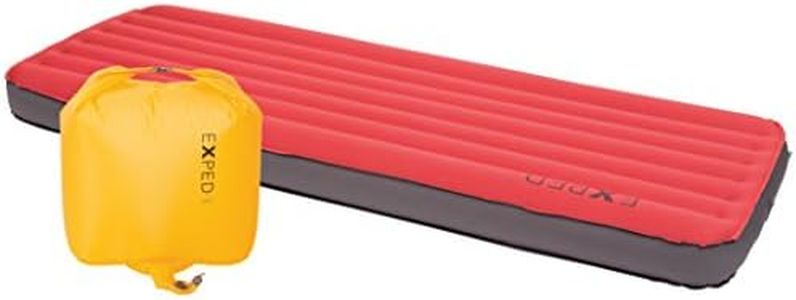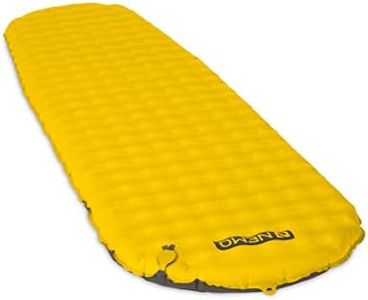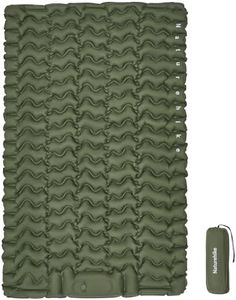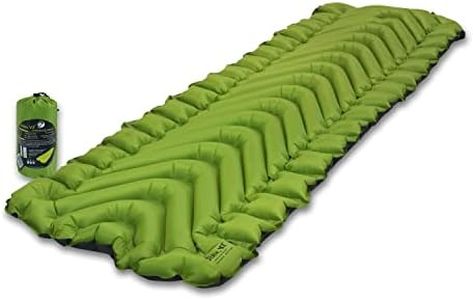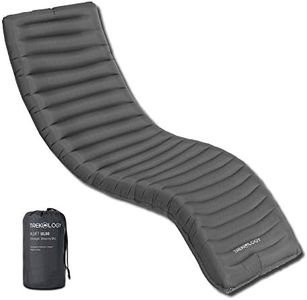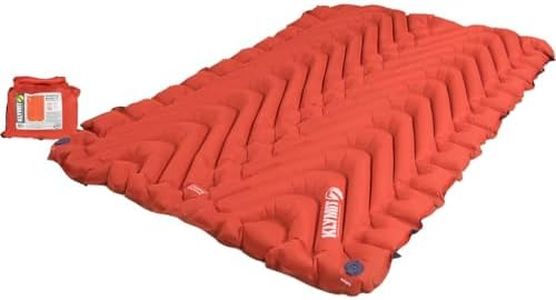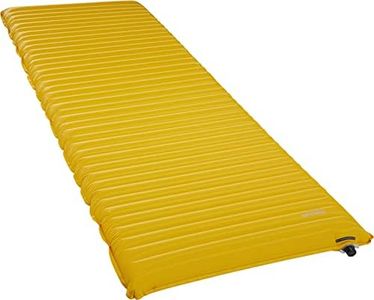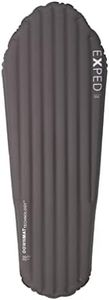We Use CookiesWe use cookies to enhance the security, performance,
functionality and for analytical and promotional activities. By continuing to browse this site you
are agreeing to our privacy policy
10 Best Ultralight Sleeping Pads
From leading brands and best sellers available on the web.Buying Guide for the Best Ultralight Sleeping Pads
Choosing the ideal ultralight sleeping pad for your outdoor adventures requires balancing comfort, weight, packability, and durability to suit the way you camp or trek. The perfect fit provides both restful sleep and easy portability, letting you enjoy your time outside without being weighed down or uncomfortable at night. Focus on matching features to your sleeping preferences, typical environments, and length of trips so you can maximize both rest and movement.WeightThe weight of an ultralight sleeping pad is crucial because it directly affects how much you'll have to carry on your adventures. Light sleeping pads can range from about 8 ounces up to around a pound. Pads on the lower end are best for those who prioritize carrying the lightest pack possible, such as long-distance hikers. Slightly heavier pads might offer more comfort or insulation, which is worth considering if you tend to sleep poorly outdoors or are not covering high mileage. Think about how much weight you are comfortable carrying and balance that with the need for night-time comfort.
Packed SizePacked size refers to how small the sleeping pad becomes when rolled or folded up, which affects how much room it takes up in your backpack. The smallest pads can be about the size of a water bottle, while larger ones may take up as much space as a loaf of bread. If you have limited space in your pack or need to carry lots of other gear, choose a pad that packs down smaller. If space is less of an issue or you want more comfort, you may opt for a slightly larger packed pad.
R-Value (Insulation)R-value measures how well a sleeping pad insulates you from the cold ground, which directly impacts how warm you'll be at night. Lower R-values (under 2) are best for summer or mild conditions, while mid-range (2–4) are good for three-season camping, and higher values (4 and above) are necessary for cold or winter conditions. Pick an R-value that matches the lowest temperatures you’ll realistically encounter, as being too cold can ruin your sleep and your trip.
ThicknessThe thickness of a sleeping pad affects both comfort and insulation. Pads can range from barely half an inch up to three or more inches. Thin pads are lighter and pack smaller, which is good for ounce-counters, but may be less comfortable, particularly for side sleepers or those with bony hips. Thicker pads offer more cushion and support, making them a better choice if comfort is your priority or if you're a restless sleeper. Consider your usual sleep position and any back or joint issues to find the right balance.
Durability (Material & Denier Rating)Durability is determined by the materials and the thickness of the fabric, often measured in denier. Higher-denier fabrics are tougher and more resistant to punctures, but may weigh slightly more. If you sleep directly on rough ground or are tough on gear, pick a pad with higher durability. If you always use a ground sheet, sleep in a tent, or prioritize weight savings, a lower denier might suffice. Think about how much abuse your pad will see in your style of camping.
Valve Type and Ease of InflationThe type of valve determines how easy a sleeping pad is to inflate and deflate. Traditional twist-and-pull valves are simple but may take longer to use. Modern designs, like one-way or high-flow valves, speed up the process and prevent air from escaping as you inflate. Some pads come with built-in pumps or stuff sacks that double as pumps, making inflation easier and more hygienic. If you find blowing up pads at the end of a long day tiring or frustrating, look for pads with advanced valves or included pumps.
